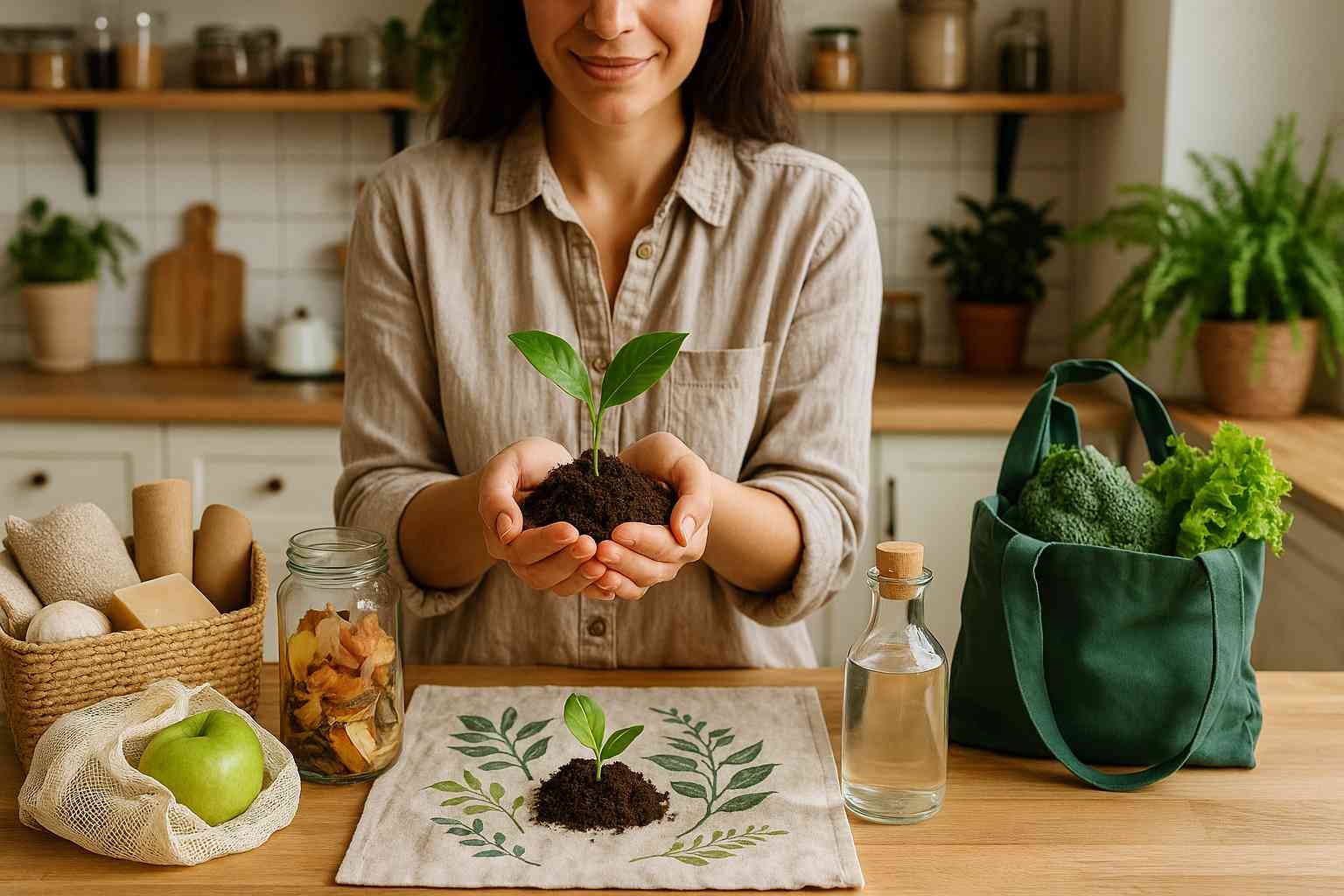Climate change, rising energy costs, and the desire for a healthier life are pushing many toward sustainable living. Simple changes at home can significantly reduce waste, save money, and shrink your carbon footprint. Whether you’re a seasoned eco-enthusiast or just dipping your toes into green living, small daily choices add up to a big difference. Let’s explore practical, science-backed, eco-friendly home hacks you can start using today for a more sustainable future.
1. Switch to LED Lighting

Traditional incandescent bulbs waste a tremendous amount of energy as heat. LED bulbs, however, use up to 80% less energy and can last up to 25 times longer, saving money on your utility bills and reducing landfill waste from burned-out bulbs. Modern LEDs come in various color temperatures, letting you create cozy or daylight-like environments. For instance, swapping out just five frequently used light fixtures can save around $75 annually on energy costs, according to the U.S. Department of Energy (source).
LEDs also generate less heat, keeping your home cooler in summer, potentially reducing air conditioning costs. Unlike compact fluorescent lamps (CFLs), LEDs contain no mercury, making them safer for your home and easier to recycle. With the wide range of affordable options, upgrading your lighting is one of the simplest, eco-friendly home improvements you can make.
2. Compost Food Scraps
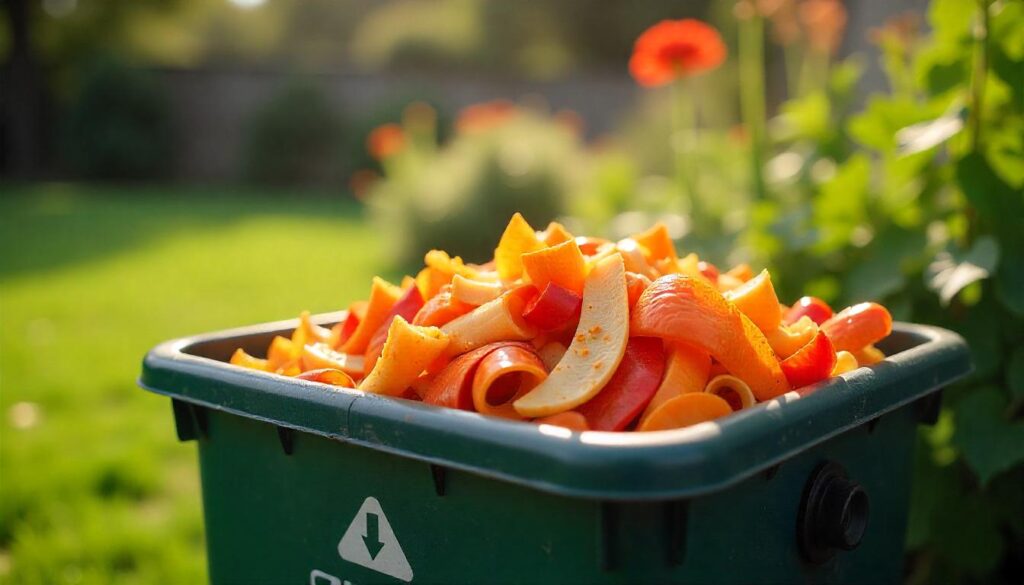
Americans waste roughly 30-40% of the food supply, which ends up producing methane in landfills—a potent greenhouse gas (source). Composting is an easy way to transform kitchen scraps into rich soil for gardens and potted plants. Kitchen compost bins keep scraps like coffee grounds, vegetable peels, and eggshells out of the trash. Backyard compost piles or worm bins (vermicomposting) break down organic material naturally.
Compost improves soil health, helps retain moisture, and reduces the need for chemical fertilizers. Compared to throwing waste in the garbage, composting reduces landfill use, cuts greenhouse gas emissions, and helps nurture local ecosystems. Even apartment dwellers can compost using small countertop bins that rely on carbon filters to control odor. It’s a sustainable habit that truly closes the loop between consumption and waste.
3. Install a Low-Flow Showerhead

A standard shower can use up to 5 gallons of water per minute, translating to over 40 gallons for an eight-minute shower. Low-flow showerheads can cut water usage by 50% or more while still providing excellent pressure. According to the U.S. Environmental Protection Agency’s WaterSense program, installing a WaterSense-labeled showerhead saves an average household 2,700 gallons of water annually (source).
That can translate to lower water bills and less strain on local water supplies. Modern low-flow designs use aeration technology, mixing water with air for a satisfying spray. Some models offer multiple spray settings so you don’t sacrifice comfort. Saving water conserves energy used for heating, reducing your overall carbon footprint—a win for both your wallet and the planet.
4. Embrace Cold Water Laundry
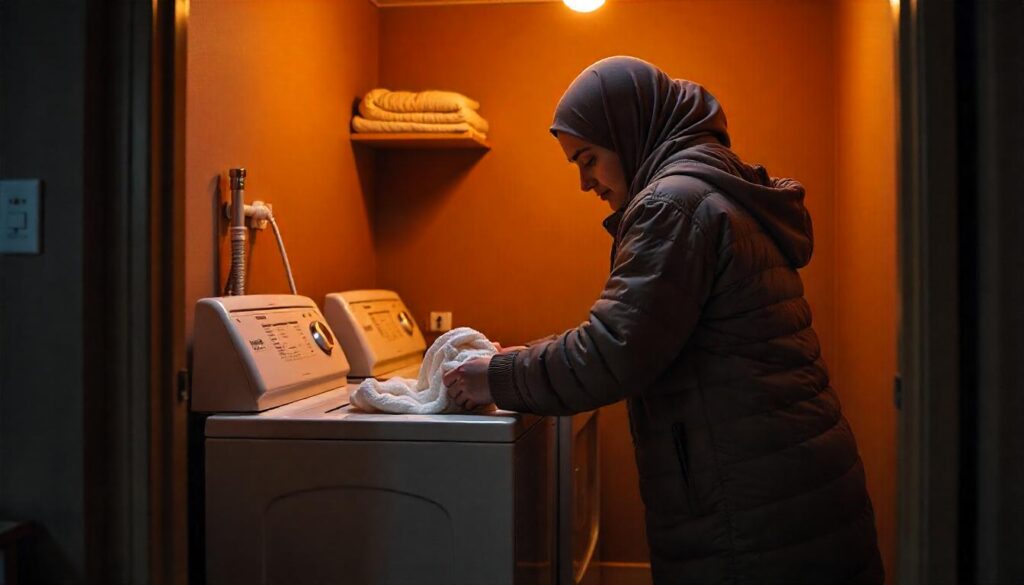
About 90% of a washing machine’s energy use goes toward heating water. Washing clothes in cold water saves significant energy, and most detergents today are formulated to clean effectively at lower temperatures (source). Cold washing helps fabrics last longer and prevents colors from fading. Switching to cold water could save a household more than $60 a year in energy costs and reduce CO₂ emissions.
For heavily soiled loads, a warm pre-soak might still be helpful, but for everyday wear, cold water is ideal. Pair cold washing with full loads and air drying for maximum savings. This simple adjustment makes laundry more eco-friendly without sacrificing cleanliness or hygiene.
5. Use Reusable Shopping Bags
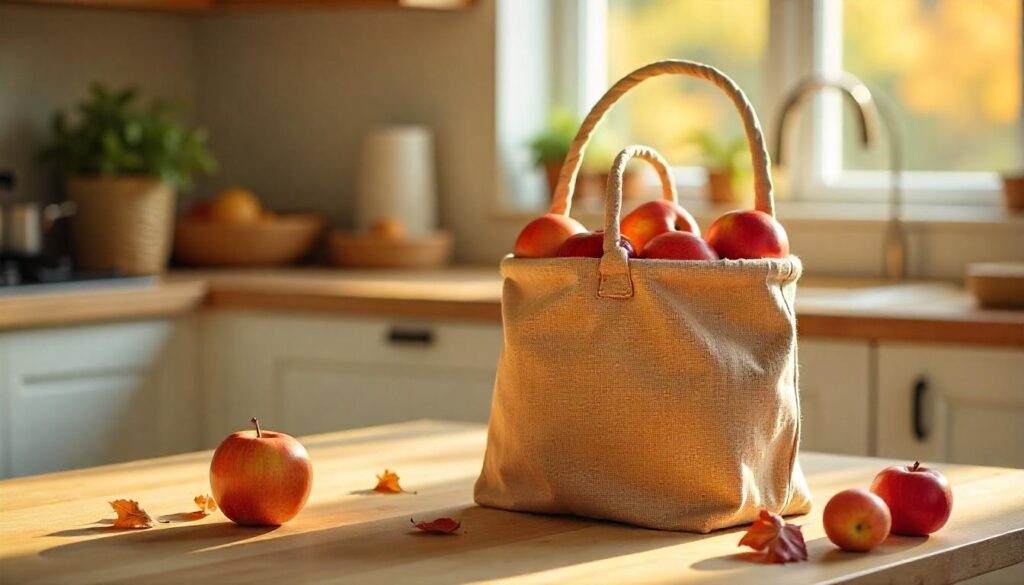
Plastic bags take centuries to decompose and contribute to marine pollution, harming wildlife and ecosystems. Reusable cloth or recycled plastic bags significantly reduce waste. A single reusable bag can replace hundreds of disposable bags over its lifetime. According to Earth Policy Institute, nearly one trillion plastic bags are used worldwide annually (source).
Reusable bags are sturdier and less prone to tearing, making shopping trips easier. Keep bags in your car, near your door, or folded in a purse so you’re always prepared. Many stores offer discounts for customers who bring their own bags, offering savings alongside sustainability. This small change makes a big environmental impact.
6. Unplug Idle Electronics
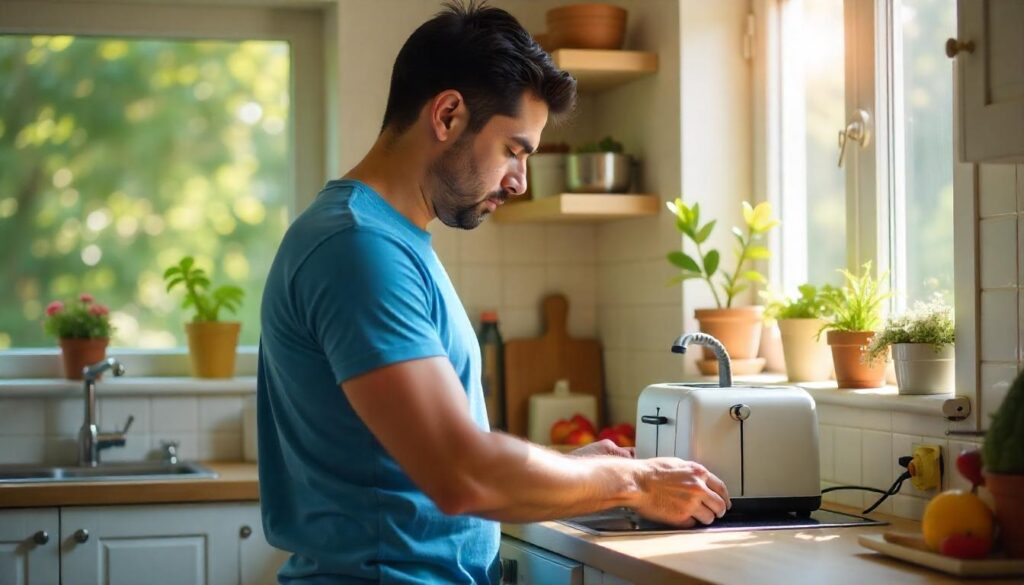
Even when turned off, many devices like chargers, microwaves, and entertainment systems draw “phantom” energy, accounting for up to 10% of household electricity use (source). Unplugging devices when not in use or using smart power strips cuts unnecessary energy waste. Smart strips automatically shut off power to devices that enter standby mode, ensuring only active devices consume electricity. This simple habit can save households around $100 annually and significantly reduce carbon emissions. It’s a practical, cost-effective eco-hack that requires minimal effort but yields substantial benefits.
7. Opt for Natural Cleaning Products

Many conventional cleaners contain chemicals that contribute to indoor air pollution and may harm aquatic ecosystems when washed down drains. Natural alternatives like vinegar, baking soda, and castile soap are effective for everyday cleaning without harsh chemicals (source). For instance, vinegar and water can clean glass surfaces, while baking soda tackles scrubbing jobs.
Castile soap works for dishes, floors, and even laundry. Switching to eco-friendly brands labeled “biodegradable” or “Safer Choice” ensures less toxic runoff into waterways. Natural cleaners are often more affordable and reduce plastic waste because they can be made in reusable bottles. They’re also safer for children and pets, supporting a healthier home environment.
8. Harvest Rainwater
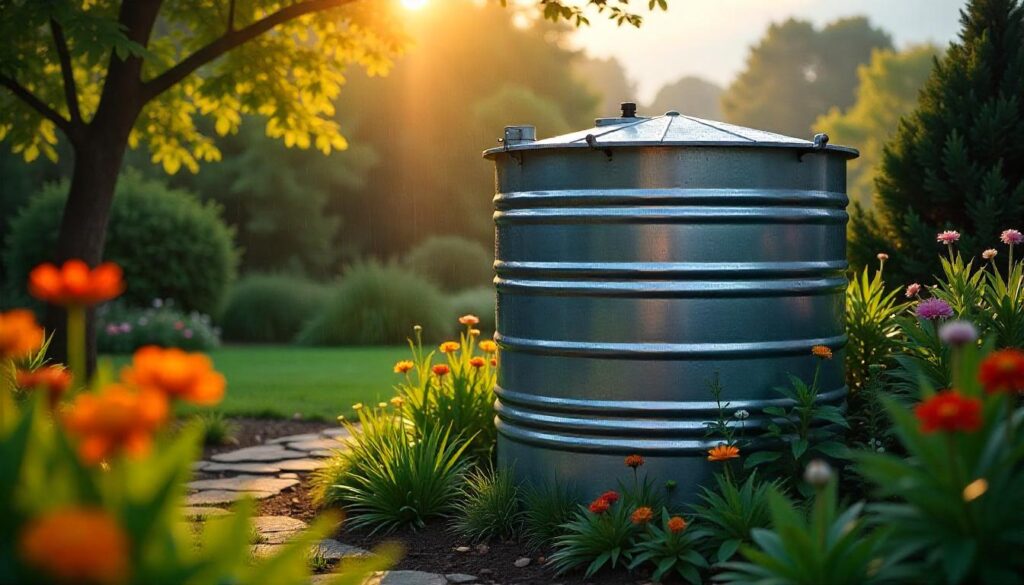
Collecting rainwater is a centuries-old practice enjoying a modern revival. Rain barrels capture runoff from roofs, storing water for gardening, car washing, or outdoor cleaning. This reduces reliance on municipal water and lowers water bills. The Environmental Protection Agency estimates that a rain barrel can save homeowners about 1,300 gallons of water during peak summer months (source).
Many local governments offer rebates for installing rainwater systems. Rainwater is naturally soft and free of salts or chemicals found in tap water, making it ideal for plants. Harvesting rainwater promotes self-sufficiency and builds resilience against droughts or water restrictions.
9. Seal Air Leaks
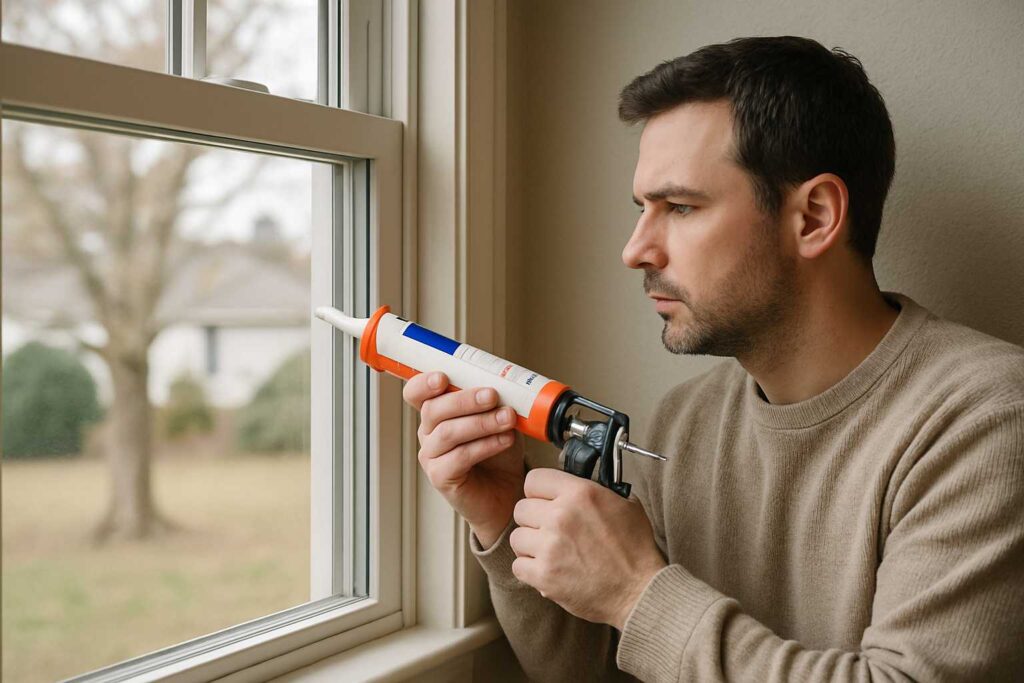
Drafty doors and windows waste energy by letting heated or cooled air escape. Sealing gaps with weatherstripping or caulk improves insulation, keeping your home comfortable and reducing HVAC costs. Energy Star estimates homeowners can save 15% on heating and cooling by sealing leaks and adding insulation (source). Simple tests, like holding a candle near a window frame, can reveal drafts. Addressing leaks also improves indoor air quality by blocking dust and allergens. It’s a relatively inexpensive DIY project that offers long-term savings and boosts your home’s energy efficiency.
10. Buy Secondhand Furniture

The furniture industry consumes vast resources, including wood, metals, and chemicals, and generates significant carbon emissions. Buying secondhand extends the life of existing products, diverting waste from landfills. Platforms like Facebook Marketplace, thrift stores, and estate sales offer unique, affordable furniture pieces.
A study by the Environmental Protection Agency shows that furniture waste makes up around 9.8 million tons annually in U.S. landfills (source) . Upcycling or refinishing secondhand furniture allows creative expression while avoiding new manufacturing impacts. This eco-friendly choice saves money and preserves valuable resources.
11. Choose Low-VOC Paints
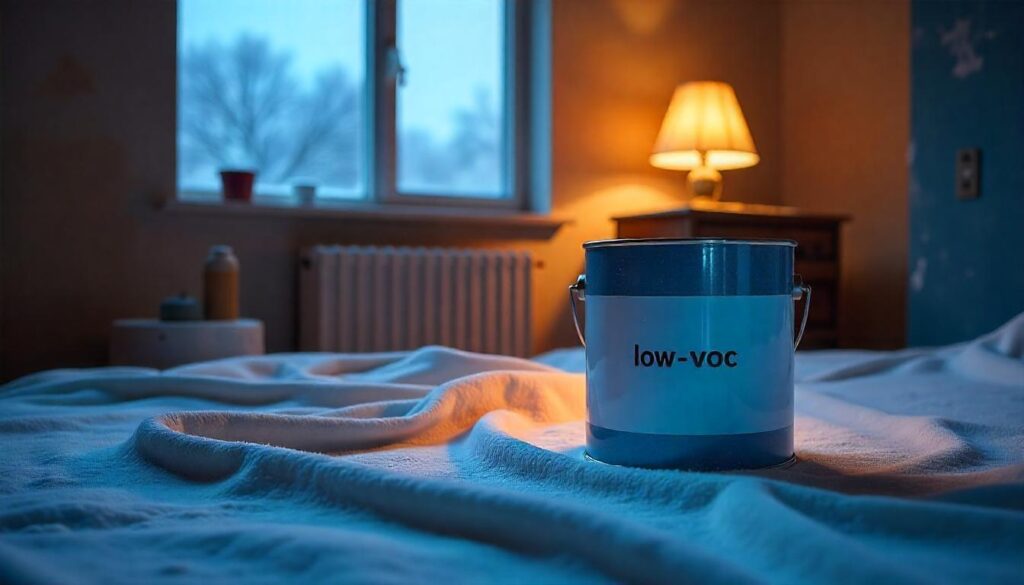
Conventional paints release volatile organic compounds (VOCs), contributing to indoor air pollution and smog formation. Low-VOC or zero-VOC paints are now widely available and provide excellent coverage without harmful fumes. The U.S. Environmental Protection Agency explains that indoor VOC concentrations are often 2-5 times higher than outdoor levels (source).
Low-VOC paints help reduce headaches, respiratory issues, and environmental damage. These eco-friendly paints come in various colors and finishes, suitable for any décor style. Choosing low-VOC products makes your home healthier and minimizes your environmental footprint.
12. Grow Indoor Plants
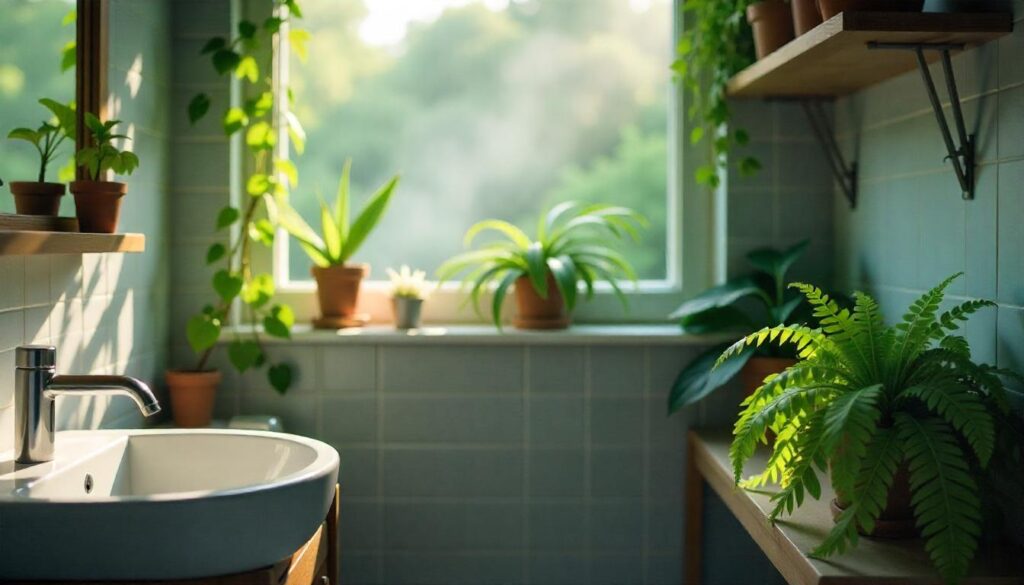
Indoor plants improve air quality by absorbing carbon dioxide and filtering pollutants like formaldehyde and benzene. NASA studies show certain plants, like spider plants and peace lilies, can remove toxins from indoor air (source). Plants also boost mental health, reduce stress, and add aesthetic appeal. They’re a natural, inexpensive way to enhance your living space sustainably. Caring for indoor plants fosters a connection to nature, reminding us of our environmental responsibilities. Opt for low-maintenance varieties if you’re new to gardening, and enjoy a greener, fresher home.
13. Install a Programmable Thermostat
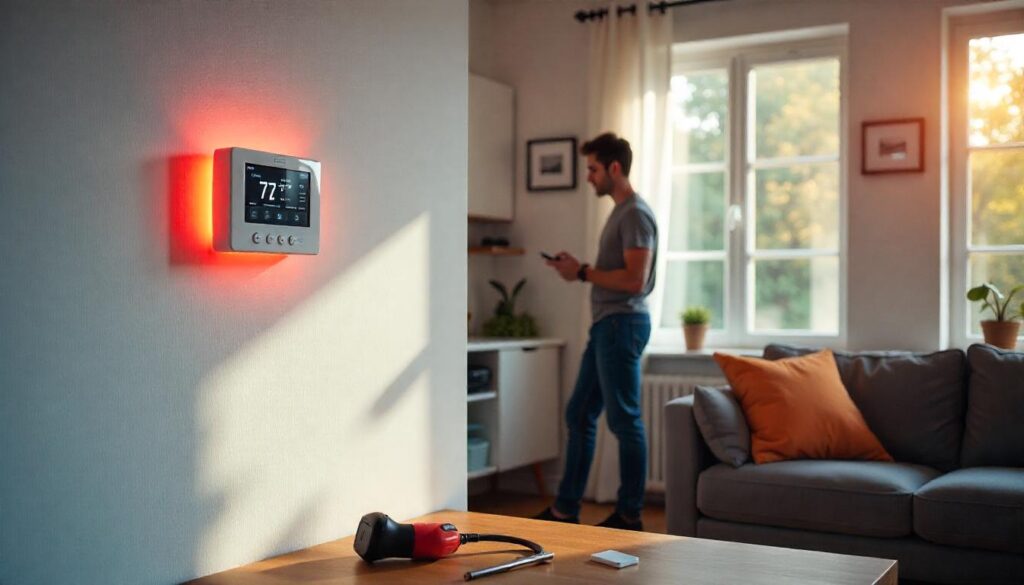
A programmable thermostat adjusts heating and cooling schedules based on occupancy and time of day, saving energy without sacrificing comfort. The U.S. Department of Energy reports homeowners can save up to 10% annually on heating and cooling costs (source). Smart thermostats offer remote control via smartphone apps and learn your habits for even greater efficiency.
They’re especially helpful for reducing energy use while away from home. This tech-savvy eco-hack offers a fast return on investment and contributes to lower greenhouse gas emissions from power plants. It’s one of the most impactful changes you can make for a sustainable home.
14. Line Dry Your Clothes
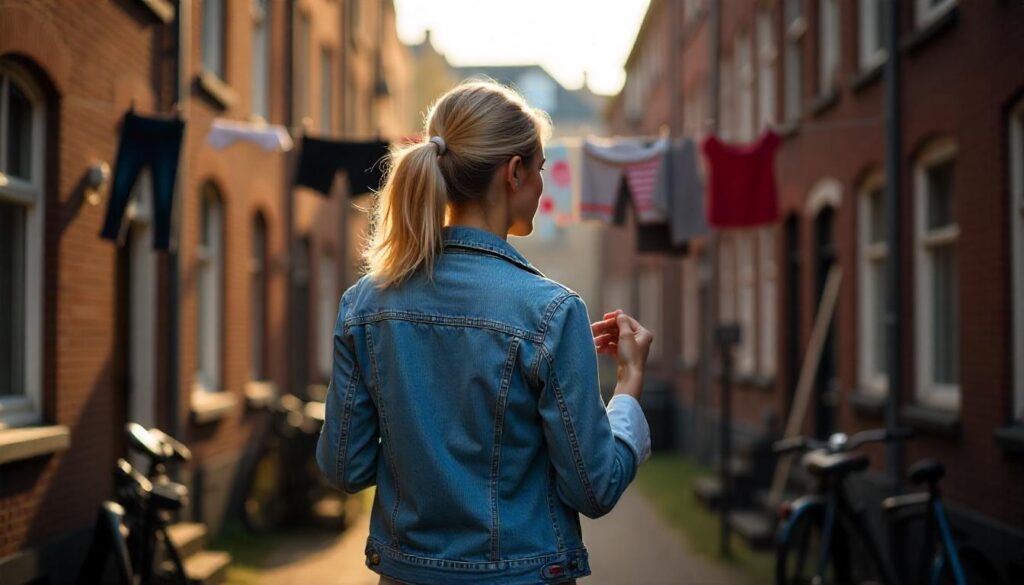
Dryers consume significant energy and can wear out fabrics faster. Line drying clothes saves money and reduces your carbon footprint. According to the U.S. Department of Energy, dryers account for about 6% of household electricity consumption (source). Outdoor drying uses sunlight’s natural disinfecting properties, leaving clothes smelling fresh. Indoor drying racks are excellent alternatives during cold or wet weather. This simple habit extends the life of clothing and helps lower utility bills. It’s a sustainable tradition worth reviving for modern homes.
15. Reduce Paper Towel Use

Americans use an estimated 13 billion pounds of paper towels annually, creating enormous waste (source). Switching to reusable cloths or microfiber towels cuts waste and saves money. Reusable cloths handle spills and cleaning tasks just as effectively and can be machine-washed for repeated use. Keep a basket of clean rags handy in the kitchen and bathroom for convenience. This small swap reduces landfill waste, conserves trees, and lowers your household’s environmental footprint. Over time, it’s also a significant cost saver compared to continually buying disposable towels.
Conclusion

These eco-friendly home hacks are practical, affordable, and immediately actionable. Sustainability doesn’t demand perfection—it’s about making consistent choices that, together, create a meaningful impact. Start small, stay curious, and watch your home transform into a greener, healthier sanctuary.

